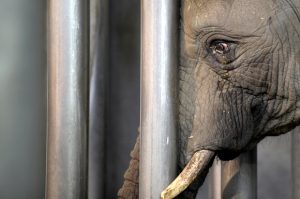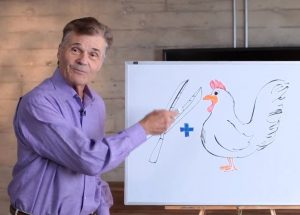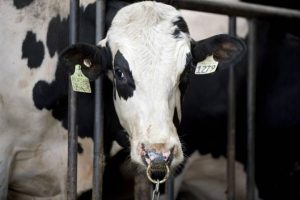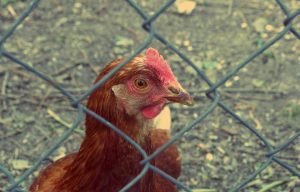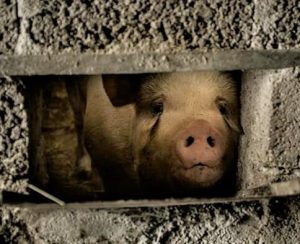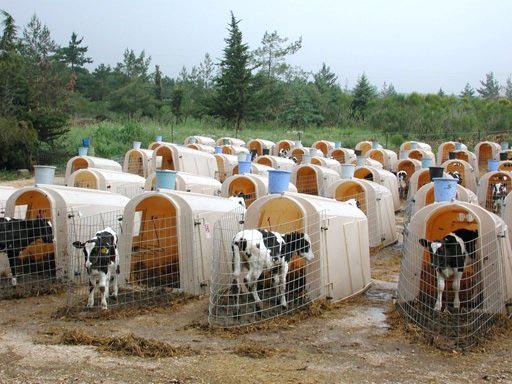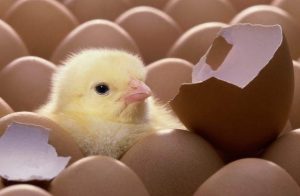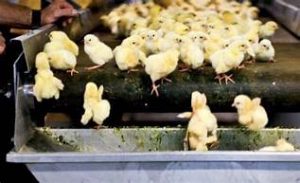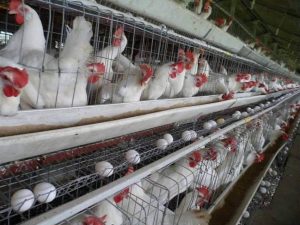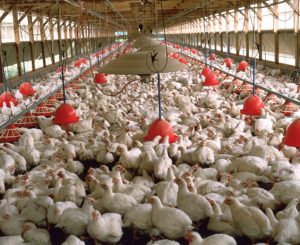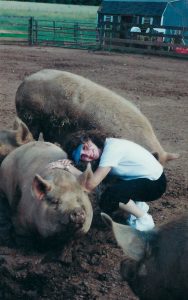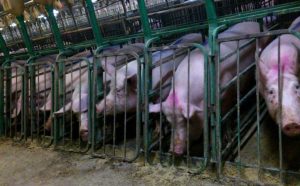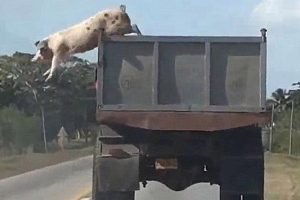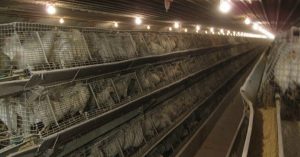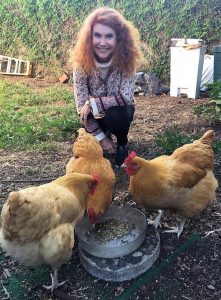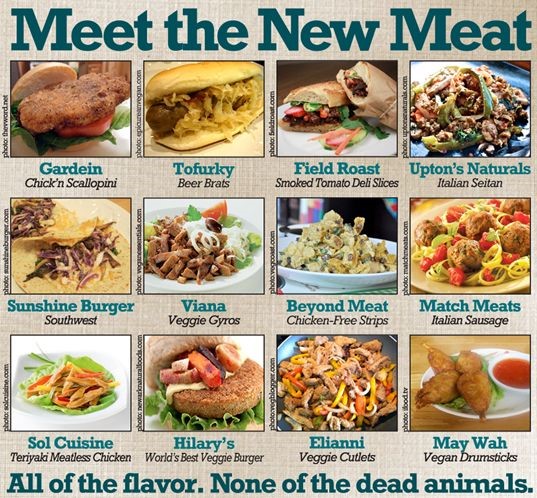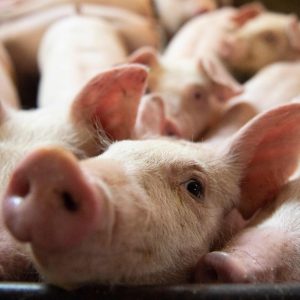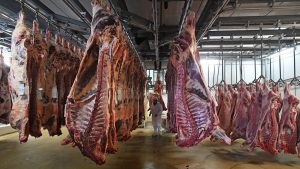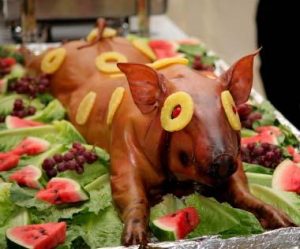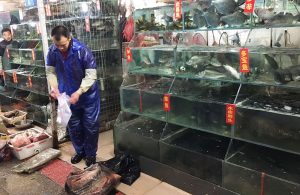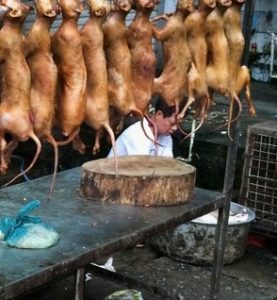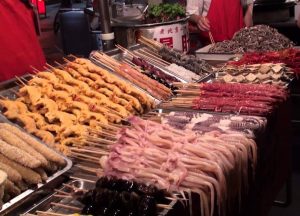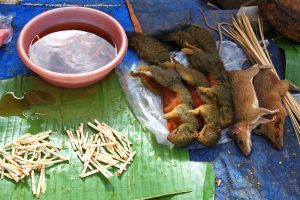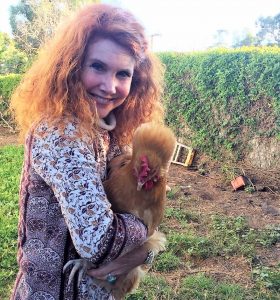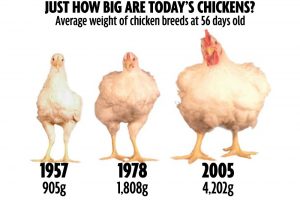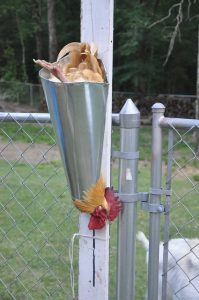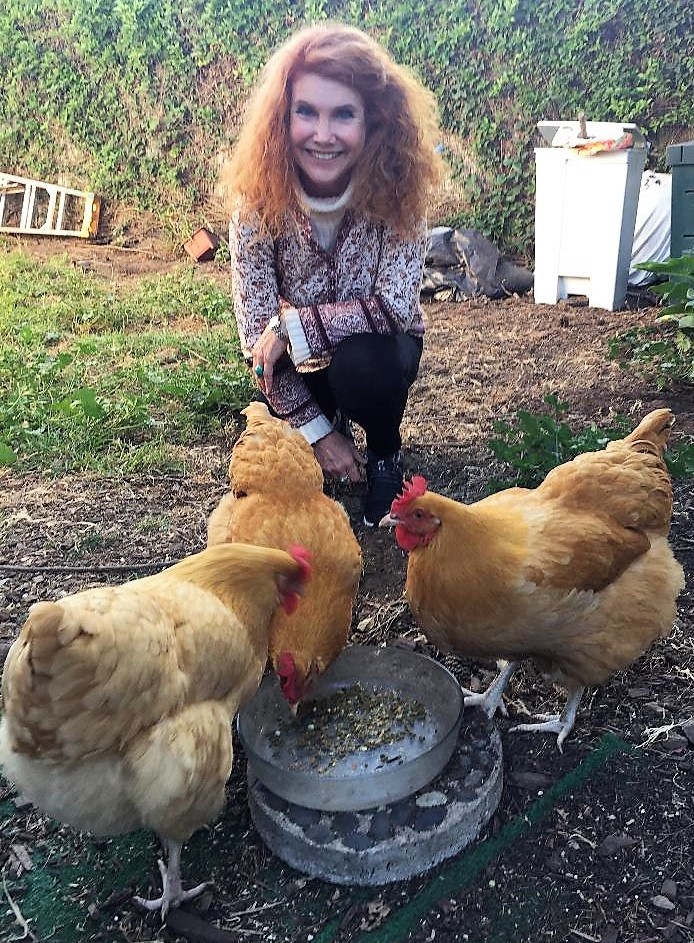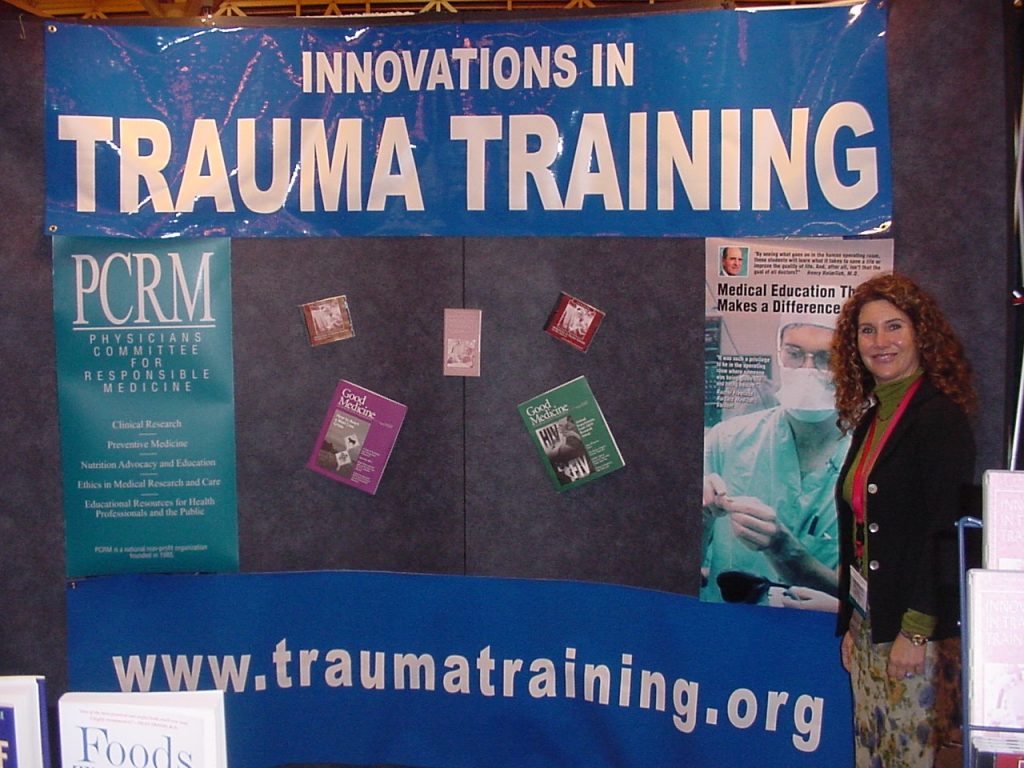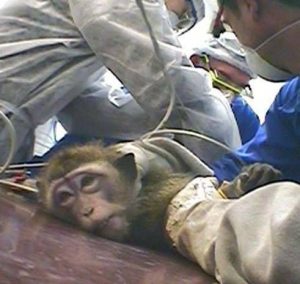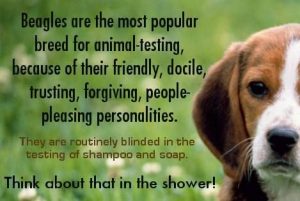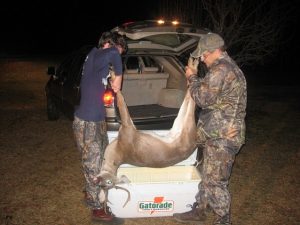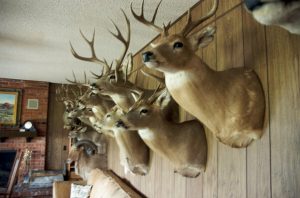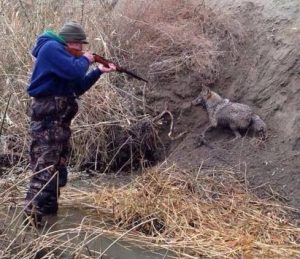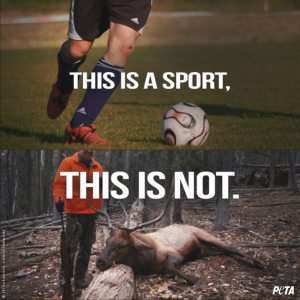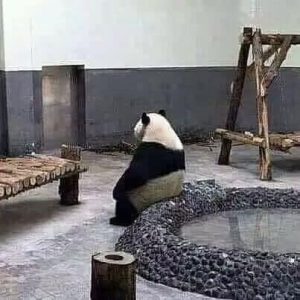 Lonely, bored, feeling disconnected from the world during the pandemic? Imagine living your whole life feeling that way. Zoo animals do.
Lonely, bored, feeling disconnected from the world during the pandemic? Imagine living your whole life feeling that way. Zoo animals do.
Even the most well-intentioned zoos are nothing more than animal prisons. Captive animals are often prevented from doing most of the things that are natural and important to them, like running, roaming, flying, climbing, foraging, choosing a partner, and being with others of their own kind. Zoos teach people that it is acceptable to interfere with animals and keep them locked up in captivity, where they are bored, cramped, lonely, deprived of all control over their lives, and far from their natural homes.
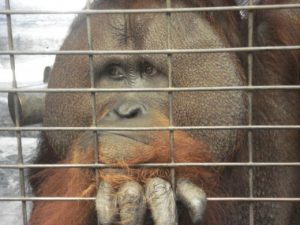 Zoos vary in size and quality—from drive-through parks to small roadside menageries with concrete slabs and iron bars. Millions of people visit zoos annually, but most zoos operate at a loss and must find ways to cut costs or add gimmicks that will attract visitors. Precious funds that should be used to provide more humane conditions for animals are often squandered on cosmetic improvements—such as landscaping, refreshment stands, and gift shops—in order to draw visitors.
Zoos vary in size and quality—from drive-through parks to small roadside menageries with concrete slabs and iron bars. Millions of people visit zoos annually, but most zoos operate at a loss and must find ways to cut costs or add gimmicks that will attract visitors. Precious funds that should be used to provide more humane conditions for animals are often squandered on cosmetic improvements—such as landscaping, refreshment stands, and gift shops—in order to draw visitors.
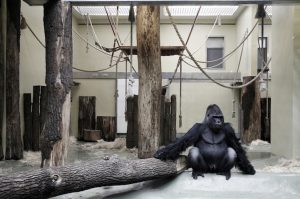 Ultimately, animals—and sometimes visitors—are the ones who pay the price. A gorilla named Jabari tried to escape from the Dallas Zoo by jumping over walls and moats and evading electrified wires, only to be fatally shot by police; a witness later reported that teenagers were taunting the animal with rocks prior to his escape. At the Virginia Zoo, ten prairie dogs died when their tunnel collapsed, a rhinoceros drowned in the moat of her exhibit, and a zebra lost her life when she bolted from a holding pen, struck a fence, and broke her neck. Gus, a polar bear living at the Central Park Zoo in New York, made international headlines when he exhibited signs of severe depression after losing his mate of more than 20 years. Gus died two years later of a thyroid tumor, but one could say he was already dying of a broken heart.
Ultimately, animals—and sometimes visitors—are the ones who pay the price. A gorilla named Jabari tried to escape from the Dallas Zoo by jumping over walls and moats and evading electrified wires, only to be fatally shot by police; a witness later reported that teenagers were taunting the animal with rocks prior to his escape. At the Virginia Zoo, ten prairie dogs died when their tunnel collapsed, a rhinoceros drowned in the moat of her exhibit, and a zebra lost her life when she bolted from a holding pen, struck a fence, and broke her neck. Gus, a polar bear living at the Central Park Zoo in New York, made international headlines when he exhibited signs of severe depression after losing his mate of more than 20 years. Gus died two years later of a thyroid tumor, but one could say he was already dying of a broken heart.
Most zoo enclosures are very small, and rather than promoting respect for or understanding of animals, signs often provide little more information than an animal’s species, diet, and natural range. Animals’ normal behavior is seldom discussed, much less observed, because their natural needs are rarely met. Birds’ wings may be clipped so that they cannot fly, aquatic animals often go without adequate water, and many animals who naturally live in large herds or family groups are kept alone or, at most, in pairs. Natural hunting and mating behaviors are virtually eliminated by regulated feeding and breeding regimens. Animals are closely confined, lack privacy, 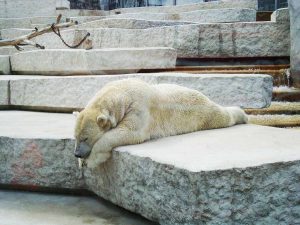 and have little opportunity for mental stimulation or physical exercise. These conditions often result in abnormal and self-destructive behavior, known as “zoochosis.” Zoo animals can often be seen pacing, walking in tight circles, swaying or rolling their heads, and showing other signs of psychological distress. This behavior is symptomatic of not just boredom but also profound despondency.
and have little opportunity for mental stimulation or physical exercise. These conditions often result in abnormal and self-destructive behavior, known as “zoochosis.” Zoo animals can often be seen pacing, walking in tight circles, swaying or rolling their heads, and showing other signs of psychological distress. This behavior is symptomatic of not just boredom but also profound despondency.
Zoos claim a mission of protecting species from extinction, but zoo officials usually favor exotic or popular animals—who draw crowds and publicity—rather than threatened or endangered local wildlife. The Chinese government, for example, “rents” pandas to zoos worldwide for fees of more than one million dollars per year, but there is some question whether the profits are being directed, as they claim, toward panda-conservation efforts. Most animals housed in zoos are not endangered, 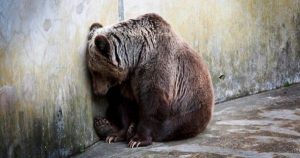 and those which are will likely never be released into their natural habitats. Endangered species will only be saved by preserving habitats and combating the reasons these animals are being killed by human hunters and poachers.
and those which are will likely never be released into their natural habitats. Endangered species will only be saved by preserving habitats and combating the reasons these animals are being killed by human hunters and poachers.
Zoos will also tell you they are places for research; however, the purpose of most zoos’ research is to find ways to breed and maintain more animals in captivity. It’s a corrupt and endless cycle.
 With informative television programming, educational opportunities on the Internet, and the relative ease of travel, learning about or viewing animals in their natural habitats is possible no matter where you live or what your circumstances. The idea of keeping animals cruelly confined behind bars or plexi-glass for human entertainment is thoroughly obsolete.
With informative television programming, educational opportunities on the Internet, and the relative ease of travel, learning about or viewing animals in their natural habitats is possible no matter where you live or what your circumstances. The idea of keeping animals cruelly confined behind bars or plexi-glass for human entertainment is thoroughly obsolete.

